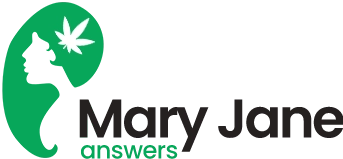I’m growing Cheese feminized and I’m running into some issues. What are some common problems that growers face when growing this strain? How can I address these issues and ensure a successful harvest?
One answer “What are some common issues when growing Cheese feminized?”
Leave a Reply
You must be logged in to post a comment.


Growing Cheese feminized can be a delightfully rewarding experience, but as is the case with any strain, there are some common issues and challenges that can arise along the way. One of the most common issues is nutrient deficiency, as Cheese feminized has a tendency to crave high doses of nitrogen and other nutrients like potassium and calcium in order to really thrive. A lack of proper nutrition can lead to a lackluster yield, as well as yellowing of leaves and stunted growth. To avoid this issue, it is important to properly monitor and adjust the nutrient levels as needed throughout the growing cycle. Another challenge that can arise when growing Cheese feminized is the potential for mold and mildew. Since Cheese feminized is known for being a bit on the higher maintenance side when it comes to humidity and temperature levels, it is important to make sure you are providing the optimal environment for preventing mold and mildew from forming. This means maintaining temperatures that stay around 70 to 80 degrees Fahrenheit and humidity levels that never get below 30%. Additionally, investing in the right ventilating system and fans can be helpful for avoiding mold, particularly at the flowering stage when the plant’s internal and external humidity levels can fluctuate greatly.
Another issue to consider when trying to harvest a successful Cheese feminized crop is proper pruning. Pruning is an important process as it helps to open up the canopy and encourage better airflow, which in turn helps to prevent moisture buildup and fungal infections. Proper pruning involves removing the weak, wilting, and dead growth, as well as leaving the lower foliage and branches intact. The best time to begin pruning the Cheese feminized plant is when it is in the late vegetative stage and right before flowering begins.
Another common issue when growing Cheese feminized is pest infestation, with mites and aphids being particularly problematic. To avoid this issue, it is important to practice preventative maintenance by making sure the plants are checked regularly for any signs of pests. Additionally, diligent and frequent inspections of the entire garden area can go a long way towards avoiding a potential pest problem. If a pest issue arises, there are various organic solutions such as neem oil and diatomaceous earth that can be applied to help get rid of any potentially problematic insects.
Finally, an issue that can crop up when growing Cheese feminized is bud rot, which is caused by a lack of air circulation and moisture build-up around the buds. Bud rot is a type of mold that can be difficult to get rid of and can lead to a reduced yield. The best way to prevent bud rot is to make sure the temperatures and humidity never stay too high for too long and that there is ample airflow around the buds, which can help dry any excess moisture that may accumulate.
In conclusion, Cheese feminized can be a wonderful strain to grow, but there are potential issues that can arise when tending to it. Nutrient deficiency, mold/mildew, pest infestation, and bud rot are all common issues when attempting to harvest a successful crop of Cheese feminized. To successfully address these issues, it is important to provide the right levels of nutrition, maintain an optimal environment, practice proper pruning, and keep a close eye on the garden area. With the right care and attention, a beautiful crop of Cheese feminized can be achieved.